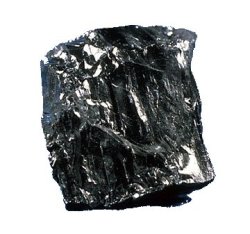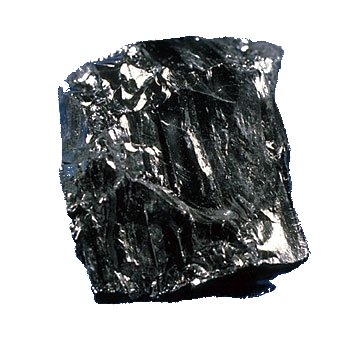
Beautiful — but deadly.
Last September, we reported that “peak coal” had come to Appalachia. There’s a reason that the industry is relying on destructive practices like mountaintop-removal mining: Coal is harder to come by. Mines have increasingly small seams of coal to extract.
Now it seems that the marketplace is catching up. The AP reports:
The share of U.S. electricity that comes from coal is forecast to fall below 40 percent for the year — the lowest level since the government began collecting this data in 1949. Four years ago, it was 50 percent. By the end of this decade, it is likely to be near 30 percent.
“The peak has passed,” says Jone-Lin Wang, head of Global Power for the energy research firm IHS CERA.
The industry likes to blame regulation and the EPA for its weak position. But, as EPA Administrator Lisa Jackson points out, the problem is economic. More difficult extraction raises costs. Natural gas extraction is growing at a ridiculous pace, causing the price of gas to drop. These are trends that won’t reverse any time soon — by which we mean ever. For utilities, there’s not much difficulty in a choice between adjusting to a fuel source that is cheap and will stay cheap or one that is growing more expensive in both unit price and clean-up costs.
“Even without the EPA rules, coal is not really competitive,” Wang says.
For the industry, the economic impact is immediate.
The shift from coal is reverberating across Appalachia, where mining companies are laying off workers and cutting production. Utilities across the country are grappling with how to store growing piles of unused coal. And legal disputes are breaking out as they try to cancel contracts and defer deliveries.
In a bad economy, people being put out of work is never a reason to celebrate. But a transition away from coal, even to a still-not-ideal natural gas-based utility system, is a very good thing.


